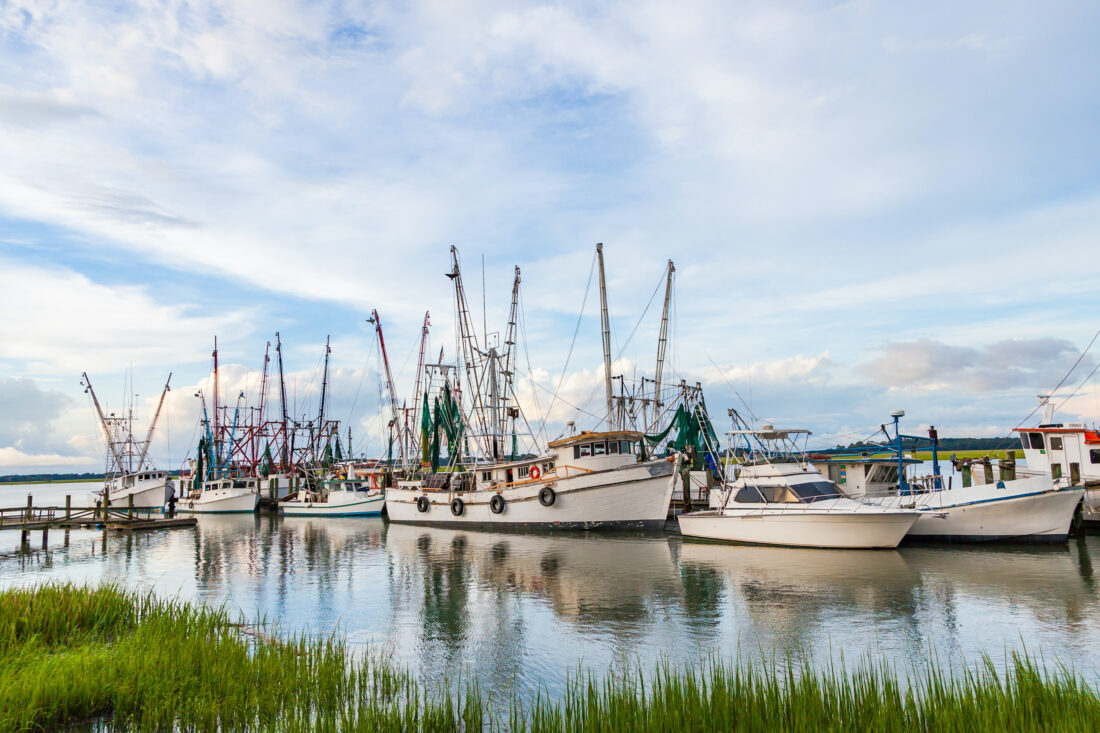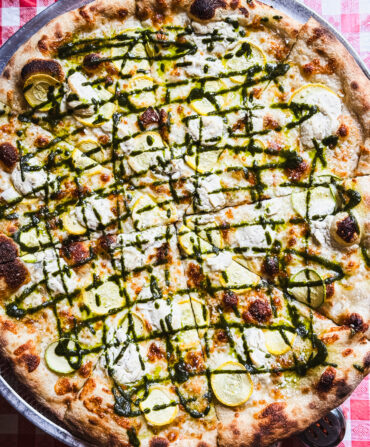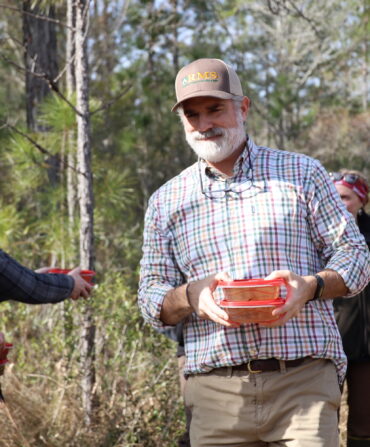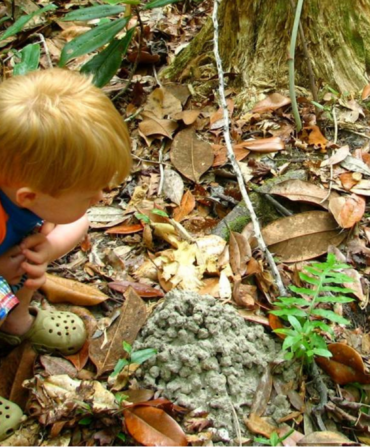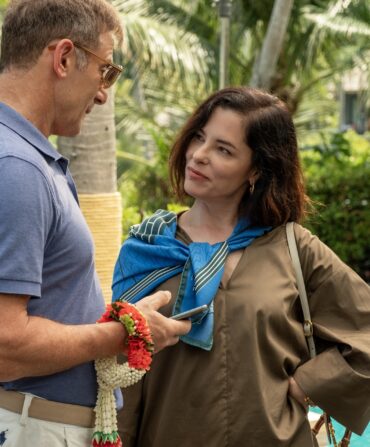Last week, the Texas-based firm SeaD Consulting released the results from a study that shook the culinary scene in Charleston, South Carolina. A team of undercover testers had paid visits to randomly selected seafood restaurants around the city and used on-the-spot genetic testing to determine whether the shrimp came from local waters. The results were shocking in a town that prides itself on abundant fresh catch: Forty out of the forty-four restaurants it tested, the company reported, served imported, farm-raised shrimp.
Charleston isn’t the first market the company has scrutinized since ramping up its testing efforts last August. SeaD has also visited New Orleans, Savannah, Tampa–St. Petersburg, and Wilmington, North Carolina, among others. Of those cities, New Orleans fared best, with only 13 percent of restaurants misrepresenting their shrimp (largely due to more stringent food labeling laws in Louisiana, according to SeaD). Savannah and Wilmington each tallied 77 percent inauthenticity. In Tampa, just two restaurants of forty-five were serving Gulf shrimp, the firm reported.

Since the Charleston bombshell dropped, the plot has thickened. Local shrimpers have come forward to vouch for clients who buy from them, since SeaD didn’t reveal the names of the forty establishments that served imported shrimp. And the S.C. Shrimpers Association has announced a lawsuit against those unidentified restaurants (referring to them as “John Doe Restaurants” in the complaint) in which it accused them of false advertising and in violation of South Carolina’s Unfair Trade Practices Act.
With the industry still reeling, we chatted with SeaD founder Dave Willams and his daughter, chief operations officer Erin Williams, to find out exactly how the team conducted its testing, if the Charleston results surprised them, and what changes they hope to see in the shrimping and restaurant industry. And, yes, they know where they’re headed next, but they’re not saying.
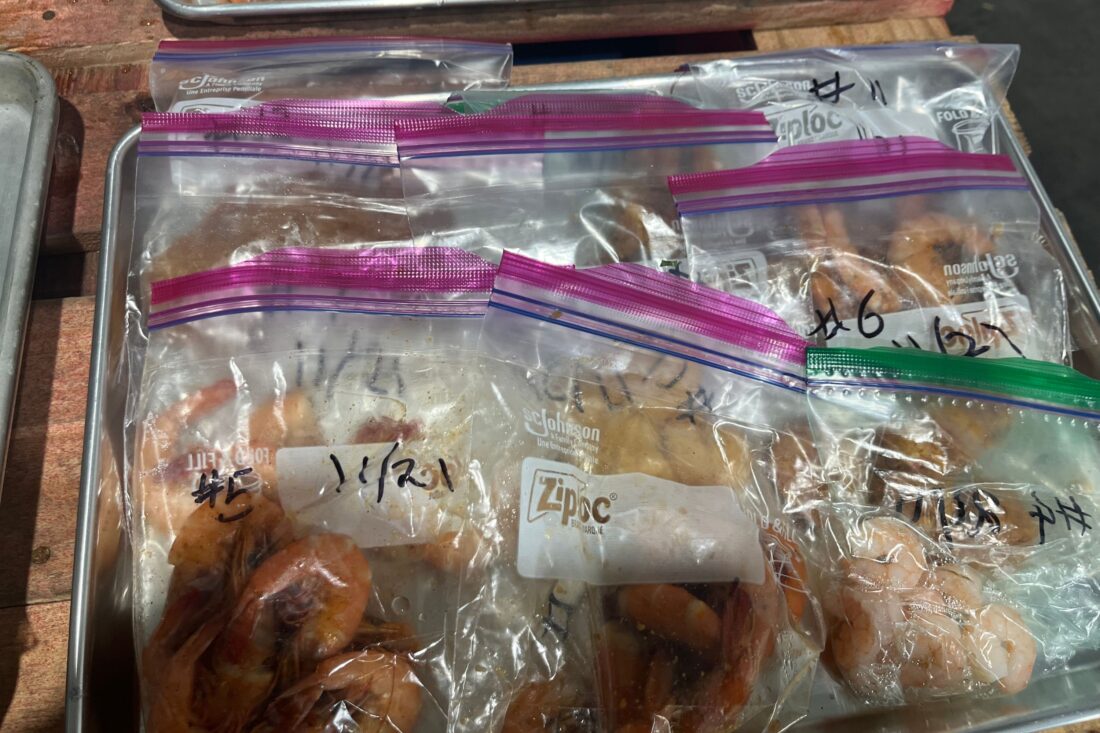
Tell me about your mission.
Dave Williams: SeaD Consulting as a technology-based company has been going for quite a while, but in the last three years we have redirected our consultancy work into more of the public arena. Along with Florida State University, we developed a rapid genetic test on behalf of a client for snapper and grouper. While we were doing that, we saw that the shrimp industry was in terrible distress, and everybody was blaming the imports. People were saying or implying they were serving Gulf shrimp, but in fact they were serving imported shrimp. And this was particularly prevalent in areas like Charleston or New Orleans, where tourists would come in from out of town to eat good, fresh seafood. Unfortunately we realized that most of the time, you’re eating the same seafood you could get in Chicago or Detroit or anywhere else but paying a premium for the location and perception of what you’re eating. So we redirected to testing for the farm-raised imported shrimp, Litopenaeus vannamei. And we were hired by a couple of industry organizations to go out and start doing large-volume sampling of different markets to identify the size and seriousness of the problem.
How does the testing actually work?
Dave Williams: Let’s take Charleston as an example. Before we even touch down, we have a list of basically all of the seafood restaurants in that area. From there we randomly generate a selection of those restaurants. Then our sampling team goes out and visits those restaurants and notes menu items, the location, and how the marketing and branding happens on the website. We read their values and mission and note if they say things like, “We use the finest locally sourced seafood.”
Erin Williams: We order a plate of shrimp just like any other consumer would and ask the server if it’s a domestic, wild-caught shrimp and note that down, too. Then we take a shrimp straight off the plate and take a tiny tissue sample. Our testing for the imported, farm-raised shrimp is completely portable, and it takes two hours from sample to result. If it comes back positive, then you know the shrimp on the plate is not a local or domestically wild-caught shrimp.
What do you consider local?
Dave Williams: What’s going on with our local shrimping industries is going on all the way from Texas to North Carolina. We consider domestic, wild-caught shrimp coming from any of those shrimp-producing states to be local.
In most cases, where are the imported shrimp coming from?
Dave Williams: We can’t say that through our testing. But the major production areas are currently Ecuador, India, China, and Vietnam.
Were you surprised by these results?
Erin Williams: When you go into different markets you see different things. We know to never assume what’s going to happen. But the degree of marketing and branding was…disheartening.
I think the golden rule—which is so depressing—is the more you believe you’re likely to be eating Gulf or wild-caught American shrimp, the less likely you are. Let me give you an anecdote from the Charleston area: We were sitting out on the water, and we ordered a plate of shrimp just like anyone else would. As we were finishing up the meal I asked the waitress, “Are these shrimp local and wild-caught?” She said something along the lines of, “You see where you are. Why would we use anything but local? We’re right here on the coast.” Had I not tested them and seen that that shrimp was not local, I would have left and never thought twice. That’s the level of deception we’re dealing with, and unfortunately it was the rule, not the exception, in Charleston. We get lied to exactly like consumers do, but we have the tool to bring that transparency to the table.
New Orleans did really well when you tested there. Why do you think that was?
Dave Williams: When there are laws, it shows. In New Orleans only 13 percent of restaurants were inauthentic. And now you look at Charleston with 90 percent. So what’s different? Louisiana has stricter laws [requiring transparent labeling]. Texas just passed laws, and Mississippi just passed laws. I believe South Carolina is on the case.
Do you think the average shrimper is aware that this is happening in the restaurant industry?
Dave Williams: Absolutely. Because when you’re a shrimper and you go to your local restaurants and you say, “Hey, this is the product I’m offering, I’d love to sell it to you”—we’ve had people tell us the restaurant will turn around and say, “Well, unless you can meet this price, then go somewhere else.”
But I think the most important thing here is that restaurants give the diner the option to choose what they want to eat. We’re actually finding that what we categorize as your explicitly fraudulent shrimp—that means it was advertised as one thing, labeled as one thing, verbalized as one thing, but it happened to be something else—those dishes are priced at the same price points as your authentic shrimp, or even higher in some places, which means that restaurants that are sourcing honestly and transparently are at an economic disadvantage with all of their competitors on the block because they’re paying that premium. This is what makes seafood fraud so profitable, and why it’s such a rampant issue.
Why don’t you publicize the names of the restaurants you found to be serving imported shrimp?
Erin Williams: There are a couple different factors. We did not sample the entire city and every single seafood restaurant. So therefore every other restaurant committing the same fraud is going to feel they’ve gotten away with it, which wouldn’t be fair. Also, it is a possibility that [the suspected fraud] happens somewhere else in the supply chain. Hopefully by bringing this awareness and highlighting this issue, it allows all area restaurants to take a closer look at what they’re doing.
What do you hope comes of your testing in the South and beyond?
Dave Williams: We’ve found that not only restaurants but also festivals and even your seafood markets, they love to take the imagery, the heritage, and the culture associated with our fishing communities and their generations-long way of life. But in actuality they’re not using that product. So our shrimpers, our commercial fishermen are losing out on their fair market share, which has decimated our fishing communities when you take into account that 70 percent of all the seafood consumed in the U.S. is done at the restaurant level.
I want the coastal communities everybody loves to visit to thrive and survive. I don’t want the fishermen to go away, because once they go away, the reason people love going down to the coast disappears as well. And then you end up with a caricature of a community that is a shell of its former self. If everybody just slightly changes and is slightly more honest, our community will be saved.


